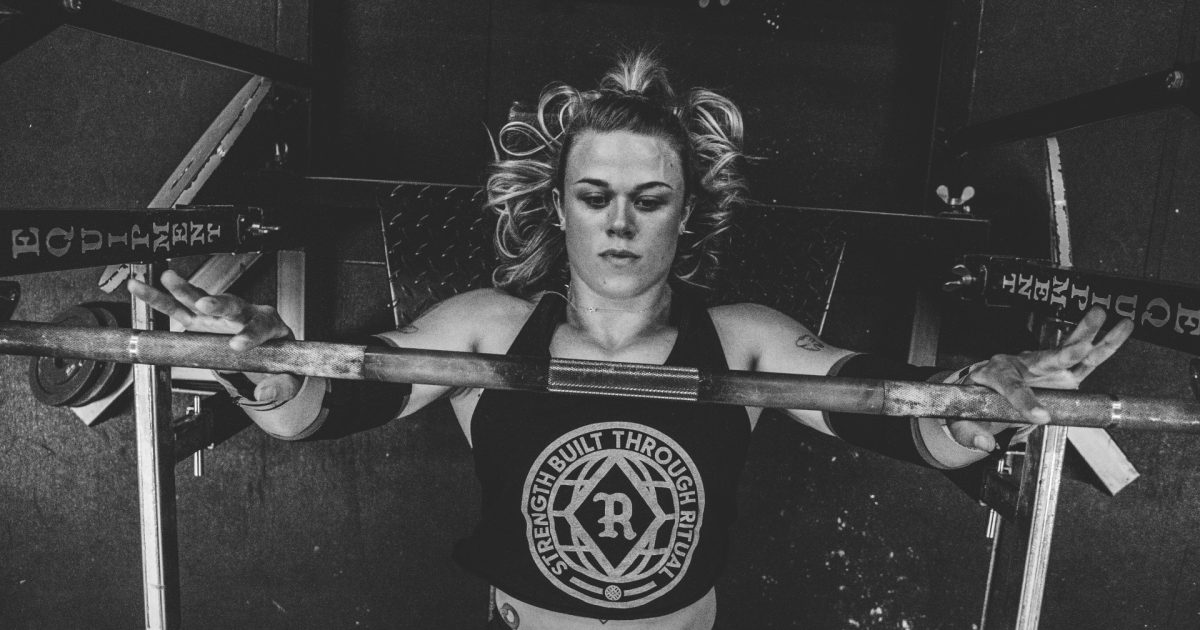No products in the cart.
Fitness Tips
How to Bench Press: Everything You Need to Know
Welcome to Do It Right, a series where we cover essential fitness skills that everyone should know. From deadlifts to bicep curls and beyond, each Do It Right post calls on expert advice to help you learn something new in the gym.
The Skill: Bench Press
The barbell bench press might be the most popular exercise on the planet (even if it shouldn’t be). It’s no secret that when someone says they work out, the most common first question that follows is “How much do you bench?” While the bench press shouldn’t take priority over other movements, let’s be honest: You’ll probably want to work this move into your routine, if you haven’t already. With that in mind, it’s best to learn to do it right.
The Expert
Lee Boyce, Toronto-based strength coach, speaker, owner of Lee Boyce Training Systems, college professor, and internationally published fitness writer.
What You Need
A barbell, weight plates, and a bench press station. The average gym will most likely have one. Gyms that don’t usually allow you to slide a bench into a squat cage and use the cage’s hooks to create a bench rack.
How to Do It
- Start with your points of contact. For a bench press to work well and hit the right muscle groups, the initial setup is key. When laying down on the bench, look for five points of contact: Both feet firmly on the ground, and the butt, upper back, and head firmly on the bench. None of these points should ever move. You’ll notice the lower back isn’t included in the list. That’s because it doesn’t belong on the bench. When you prepare to move the bar, arch the lower back (not excessively, but enough to make you feel tight and snug) and draw the shoulder blades together. Position yourself on the bench so that your eyes are under the bar.
- Get a grip. This will vary depending on your arm length. Most Olympic barbells have rings on both sides of the bar to indicate how far apart to place your hands and keep them even on the bar. The goal is for your elbows to form a 90-degree angle when you’re at the bottom of your lifting motion. If you’re a shorter lifter with shorter arms, it’s best to place your hands inside the indicator rings to get the proper angle. If you have longer arms, place your hands as wide as necessary to get the proper elbow angles. Once you’ve selected a grip that works—do a few practice reps using the empty bar to see what’s most comfortable—it’s time to focus on the movement itself.
- Lower the bar. Start with the bar positioned right above the shoulders with arms completely locked out. Apply tension to the bar, either inward or outward (there’s benefits to both kinds of tension). Arch your lower back and draw your shoulder blades together, and maintain tension on the bar as you lower the weight slowly to the chest. Aim for the nipple line as your point of gentle contact on the torso. Once you’ve reached the bottom position, add one underutilized cue: Pause for a full one-second count. That’ll help keep your lift honest.
- Lift the bar. Remember that you’re pushing the bar away from the floor, not your chest. Driving through your feet into the ground as you press the weight up and away is essential to a strong, quality bench press. Push down with your feet and exhale as you move the bar up. The weight should travel on a slight angle backward to finish above the shoulders, where it started. Keep your shoulder blades drawn together throughout the movement—don’t slacken them to get greater “reach” at the top of the rep. Keep the lift tight and compact. That’s one rep.
If you’re going for strength, focus on sets of 3 to 6 paused reps, and aim to gradually increase the weight you’re lifting each week. If you’re after increased muscle size, up the rep range to sets of 8 to 12, and lower the rest interval a notch (about 90 seconds between sets).
For access to exclusive gear videos, celebrity interviews, and more, subscribe on YouTube!
Source link

